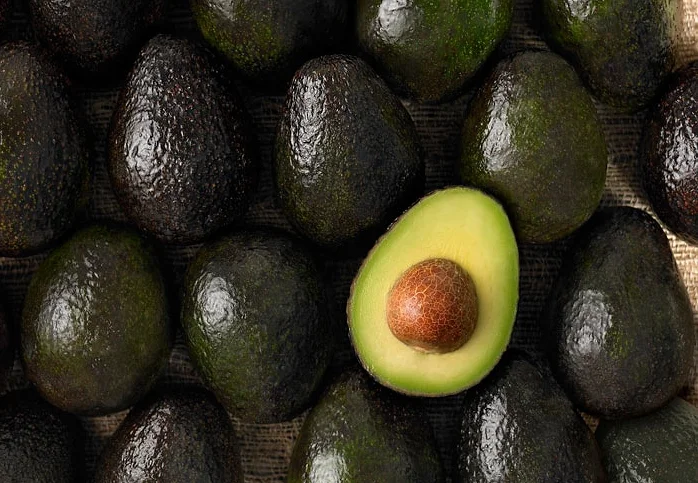In the Avoca-KNOW

In the Avoca-KNOW
National Guacamole Day is Saturday…read on so you can select, store, and smash like a pro.
People really love avocados. Like, REALLY love them: eating 2 billion pounds of avocados last year, creating pro-avocado T-shirts, getting avocado tattoos, and writing articles like “11 Avocado Struggles Only Avocado Lovers Will Truly Understand” with sentences like “It’s not an ingredient. It’s a lifestyle.”
Naturally, with all this love comes a little eye-rolling, with millennial-targeted admonitions to stop putting avocado toast before homeownership, and articles like “Avocado Toast: The Most Annoying Food on Instagram.”
Whether an avid fan or one with an aversion, we're here to avouch for the avoca-dos when buying an avocado!
The Current Pickle
Americans are mostly avocado advocates (avocates?!), and China is developing a taste as well, which presents this week’s Pickle: demand is up, and supply is down. 😨
California, which grows 80% of American-grown avocados, has a yield down about 44% from last year.
At the same time, import leaders Peru, Chile, and Mexico (these make up 85% of the avocados consumed in the U.S. year-round) have avocado issues of their own, citing flooding, stolen water, and natural production cycles, respectively.
Compounding the issue in Mexico: the Caballeros Templarios drug cartel. One writer compared Mexican avocados to Africa’s blood diamonds, while others have adopted the phrase “blood guacamole.” Not a phrase we’d repeat around the guac bowl this weekend—if you can afford to have one.
What does this mean for you? The average grocery store price for an avocado is up 31% over the first half of this year.
Luckily for our future taste buds and wallets, enterprising avocado farmers in California are already hard at work searching for new, more efficient ways to grow avocados, and looking to develop heartier, more drought-resistant strains of avocado to grow.
If recent drought patterns persist, avocados may simply become too expensive to grow profitably, in which case farmers will be forced to switch to something else, like grapes. Superbowl grape dip, anyone?
What's the Dillio with Choosing An Avocado?
Our friends at Food52 break it down for us.
Their tips at a glance:
Look 👀
The color test works for Hass (rhymes with "pass") avocados, which turn a deep green-black when they ripen (fun fact: this only happens once picked; fun fact #2: Hass make up 95% of avocados grown in California!).
Other varieties (there are over a thousand!) stay lighter green when ripe, and those are better to test by…
Touch 👐
Gently squeeze them with your palm, not your fingers, to avoid bruising. If they feel firm, but give a little, they're ready to eat.
A fun way to tell if your avocado is ripe is to pop off the stem: If you see a yellow-green patch (center), it’s ripe, but a brown patch (right) means it’s past its prime. If the stem holds stubbornly to the fruit* (left), it’s not ripe yet. (*Oh yeah—it’s a fruit! Actually a berry. But we digress…)
Want to buy American-grown? 🇺🇸
Look for California avocados from late March until Labor Day—if we’re lucky, domestic supplies can last until October or November. After that, expect to find avocado imports (we know, less than ideal timing for guac parties—er, tailgates 🏈).
The Hot Pickle
Once you get your ‘cados home, store ripe ones in the fridge until you’re ready to use—this will keep them from over-ripening for a couple of days. If they’re under-ripe, store them on your counter, or in a paper bag if you want to speed up ripening (like when ripening a peach). Add an apple or a banana to the bag to speed it up even more.
Ok I’ve got a ripe one! What do I make? (Besides upgraded avocado toast.)
Splurge and mash up a giant bowl of guacamole—classic, grilled, or with a Southeast Asian twist.
Hot tip: It's a myth that putting the seed in the dip will prevent it from browning, so use lemon or lime juice and, for the extra-cautious, press plastic wrap onto the surface of the guac until you’re ready to eat (oxygen causes the brown, so get the air out!).












